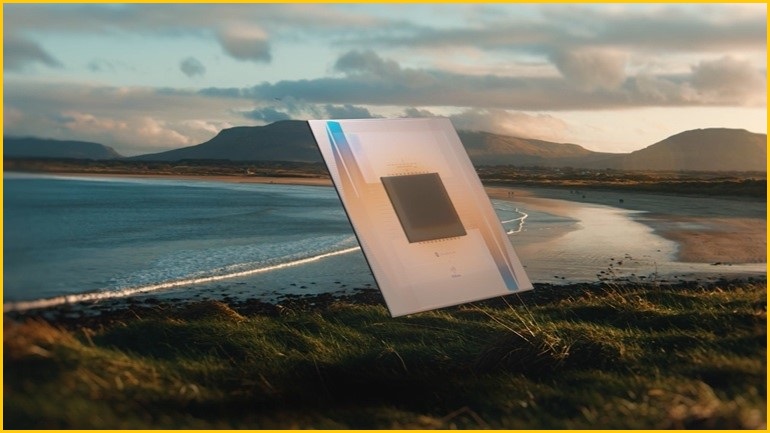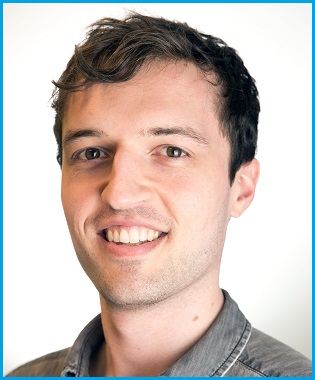A quantum computing innovation developed by researchers at the University of Sydney is being used in Google’s latest quantum chip, called Willow.
The processor, which was unveiled by the tech giant in December, utilises a breakthrough in error correction which can improve the performance of quantum devices.
The technology was formally detailed in 2021 when researchers in Australia — including a then-21-year-old student — shared a new type of “surface code”, which is used to prevent errors in complex quantum systems.
The code, which the team dubbed the “XZZX” code, made international headlines at the time, with Amazon Web Services (AWS) promising to use it in its quantum computing labs.
Google has since implemented the code to reduce “a very common type of noise” in Willow, according to the University of Sydney’s Professor Stephen Bartlett, who was part of the team behind the XZZX research.
“They are really pushing the state of the art in demonstrating error correction,” he told Information Age.
The undergrad and the innovation
Pablo Bonilla was a 21-year-old undergraduate science student when he helped develop the XZZX code with Bartlett and other researchers at the University of Sydney.
The novel science which Bonilla pioneered, according to Bartlett, involved modifying standard surface code so that it can “correct very efficiently for the dominant source of errors, and spend fewer resources on correcting very rare errors”.
Google, which used “ZXXZ” surface code in Willow — essentially the same as XZZX, but written differently — has used variants of the code since 2019 but integrated the Australian research to improve its circuits’ ability to reduce noise, Information Age understands.
Google declined to comment on the significance of the University of Sydney research.
Bartlett said while the XZZX code was just the latest in a string of Australian quantum innovations, it was still “a great success story” for local researchers.
“It is making a big global impact, and going very quickly into technology that’s being built by some of the world’s biggest companies,” he said.
 Dr Ben Brown (left) and Pablo Bonilla (right) in 2021, explaining their error correction research. Image: University of Sydney
Dr Ben Brown (left) and Pablo Bonilla (right) in 2021, explaining their error correction research. Image: University of Sydney
‘People are very excited’ for what comes next
Four years since his research on the XZZX code was published, Bonilla is undertaking PhD research at the renowned Harvard University in the United States, where he is working on a quantum platform which controls groups of qubits — the building blocks of quantum computers — using laser light.
Bonilla has also studied more exotic quantum codes which allow atomic qubits to move freely, unlike most existing chips.
Both of these technologies could allow for more scalable and efficient quantum systems in the future.
“He’s working in an absolutely amazing technology that’s coming out of that group at Harvard, to use these arrays of atoms to do quantum computing on a large scale,” Bartlett said of Bonilla.
“People are very excited about where that particular technology can go.
“... To see Pablo there, right at the centre of that activity — and now I go to talks and I see the results of his work — it’s such a great success story.”
Bonilla declined to comment.
Can Australia capture the benefits of its research?
The work of other University of Sydney researchers also helped Microsoft build what the US tech giant described as a “breakthrough” quantum computing chip called Majorana 1, which the company unveiled last month.
Those researchers were now preparing to launch their own Australian research and development (R&D) company after turning down a US relocation offer from Microsoft.
Bartlett said he believed Australia needed to improve its ability to capture local innovations and their economic gains in Australian startups, which were often “snapped up at a key growth phase by an overseas company”.
“That is an unfortunately common story in Australia,” he said.
“We need to think as a nation about how we can support companies through that growth phase.”
Bartlett said the University of Sydney had established a training and research partnership with US firm PsiQuantum, which is attempting to build a quantum computer in Brisbane and recently unveiled its Omega chipset.
An ongoing independent review of Australia’s R&D landscape, convened by the federal government, has already found the nation is not capitalising on its innovations despite being a “high performer in research”.










